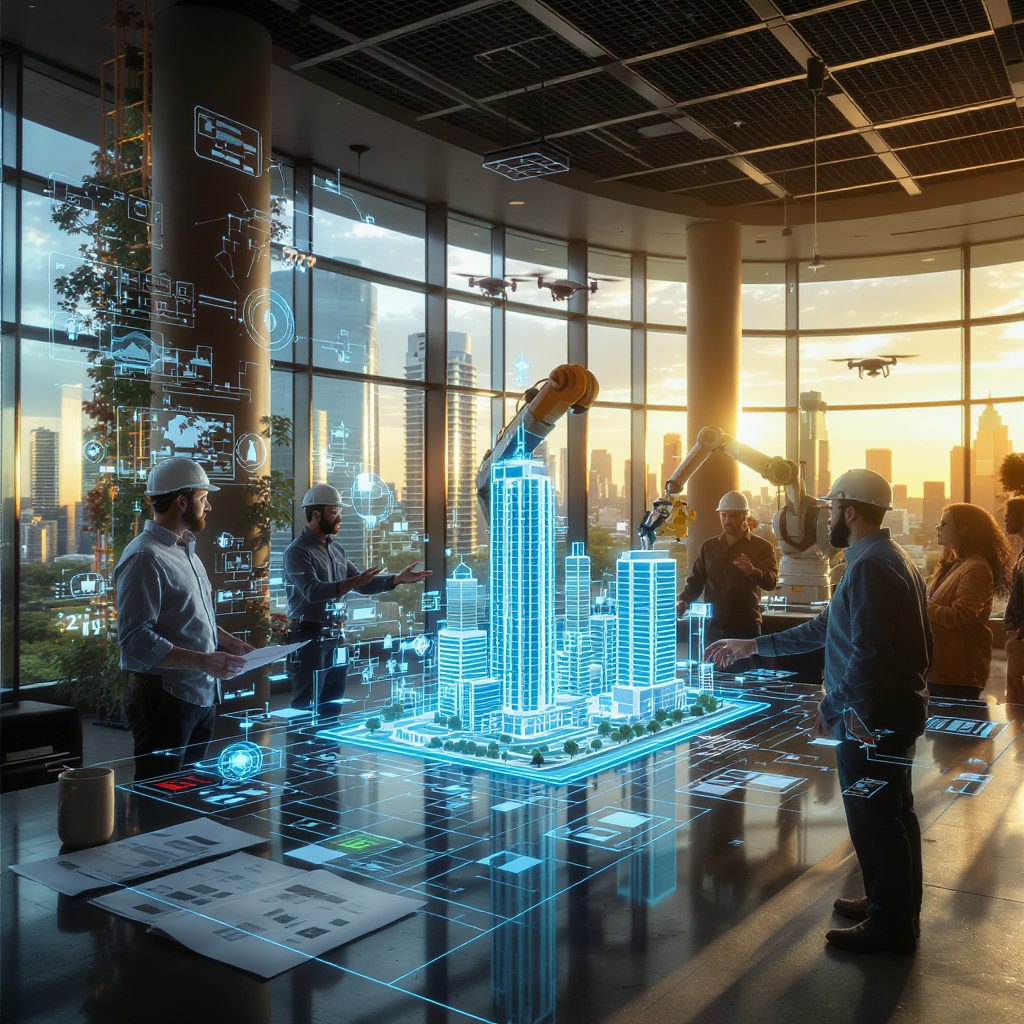How AI is Revolutionizing Urban Planning and Construction

-
10/18/2025
AI is reshaping urban planning and construction by integrating design, safety, resource management, and community engagement into a seamless workflow.
- Generative Design: AI generates hundreds of optimized floor plans in minutes, balancing natural light, circulation, carbon footprint, and costs, cutting drawing time by weeks.
- Safety & Maintenance: Drone-based computer vision and sensor-driven predictive models reduce near-misses by 25% and unplanned downtime by 40%.
- Infrastructure Modeling: Traffic simulations and IoT sensor networks enable 20–30% fewer peak-hour delays and 10–15% less energy and water waste in new developments.
- Materials Forecasting & Recycling: AI precision forecasting trims overordering by 12%, while automated sorting recovers 85% of demolition debris, nearly doubling EPA benchmarks.
- Community Engagement: Interactive 3D previews and sentiment analysis boost public participation by 50% and satisfaction scores by 30%.
- Collaboration & Tools: Cross-disciplinary dashboards, VR mock-ups, and open-source libraries (OSMnx, CityLearn, TensorFlow) foster agile pilots and shared learning.
Early adopters like MidCity Architects and the City of Portland have already realized cost savings up to 15%, faster approvals, and higher community support. Construction Industry Institute (2023) reports 45% of firms now leverage AI, while the Journal of Sustainable Infrastructure (2023) documents significant utility gains.
By embracing AI-driven analytics, planners and builders can move from manual iterations and firefighting to proactive, data-driven decision-making—delivering smarter, more resilient, and sustainable urban environments.
Tips: Start small with open-source pilots, hold weekly cross-functional workshops, and document learnings in public repositories to scale success.
